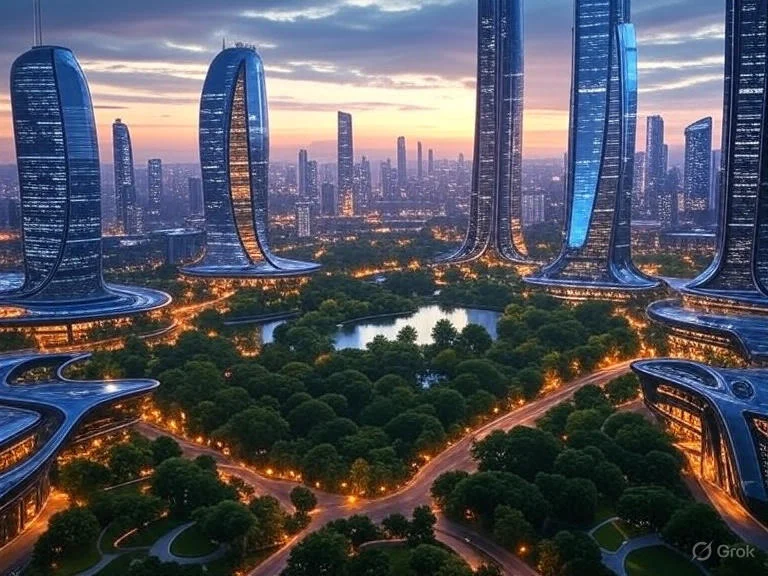In recent years, the term Axurbain has emerged as a buzzword in discussions about urban development, smart cities, and sustainable living. But what exactly is Axurbain, and why is it gaining so much attention? This article explores the concept, its implications, and how it could shape the future of urban environments.
What is Axurbain?
Axurbain is a portmanteau of “Axial” and “Urban”, representing a forward-thinking approach to city planning that emphasizes efficiency, sustainability, and technological integration. Unlike traditional urban models, Axurbain focuses on multi-dimensional growth—both vertically (high-rise structures) and horizontally (expansive smart infrastructure).
Key Features of Axurbain:
- Smart Infrastructure – AI-driven traffic systems, IoT-enabled utilities, and automated public services.
- Sustainable Design – Green buildings, renewable energy grids, and zero-waste policies.
- Axial Connectivity – High-speed transit networks linking urban hubs seamlessly.
- Modular Living Spaces – Adaptable housing that evolves with residents’ needs.
Why Axurbain Matters
With global urbanization accelerating, cities face challenges like overcrowding, pollution, and inefficient resource management. Axurbain offers solutions by:
- Reducing carbon footprints through eco-friendly architecture.
- Enhancing mobility with hyperloop and drone transit systems.
- Improving quality of life via AI-assisted governance and healthcare.
Case Studies: Cities Embracing Axurbain Principles
- Singapore – A leader in vertical gardens and smart traffic management.
- Copenhagen – Pioneering carbon-neutral urban zones.
- Dubai – Investing in hyperloop and AI-driven city administration.
The Future of Axurbain
As technology advances, Axurbain could redefine urban living by:
- Introducing floating cities to combat land scarcity.
- Implementing blockchain-based governance for transparency.
- Creating self-sustaining micro-cities with closed-loop ecosystems.
Conclusion
Axurbain is more than just a trend—it’s a blueprint for the future of cities. By merging innovation with sustainability, this model promises smarter, greener, and more livable urban spaces. The question isn’t if Axurbain will become the norm, but how soon cities worldwide will adopt its principles.
Would you live in an Axurbain city? The future is closer than we think.

